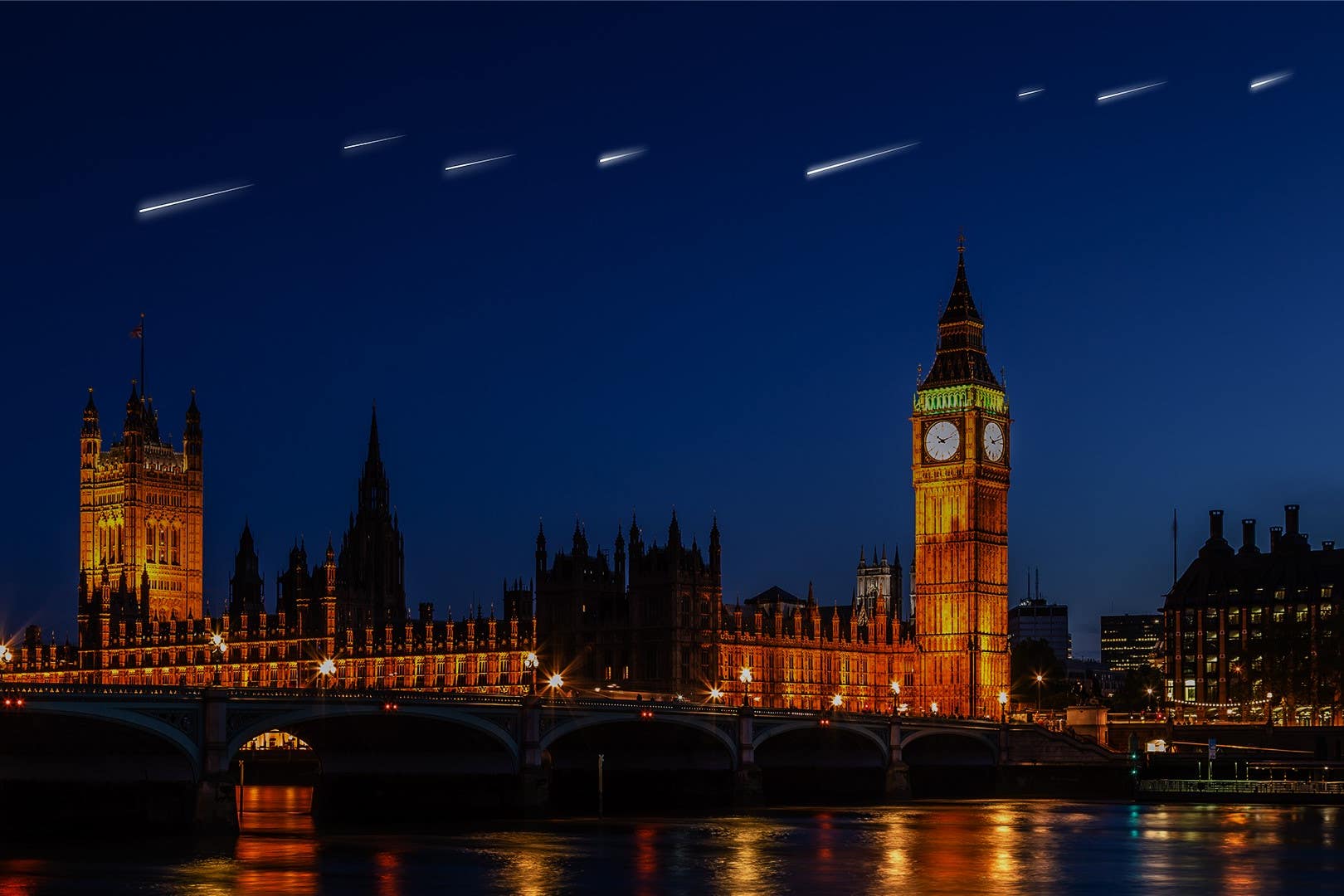World’s first artificial meteor shower getting ready for launch
The celestial light show was due to take place in 2020 but a malfunction in one of the satellites meant it had to be delayed.

Your support helps us to tell the story
From reproductive rights to climate change to Big Tech, The Independent is on the ground when the story is developing. Whether it's investigating the financials of Elon Musk's pro-Trump PAC or producing our latest documentary, 'The A Word', which shines a light on the American women fighting for reproductive rights, we know how important it is to parse out the facts from the messaging.
At such a critical moment in US history, we need reporters on the ground. Your donation allows us to keep sending journalists to speak to both sides of the story.
The Independent is trusted by Americans across the entire political spectrum. And unlike many other quality news outlets, we choose not to lock Americans out of our reporting and analysis with paywalls. We believe quality journalism should be available to everyone, paid for by those who can afford it.
Your support makes all the difference.A Japanese company is gearing up to create the world’s first man-made meteor shower as it sends satellites into space to produce shooting stars.
The celestial light show was due to take place in 2020 but a malfunction in one of the satellites meant the space fireworks had to be delayed.
Now Tokyo-based ALE has said the launch is scheduled to take place in 2025, when “ALE hopes to give Brits and others all over the world the opportunity to view the world’s first live human-made meteor shower”.
The aim of the project, called Sky Canvas, will be to collect atmospheric data in the mesosphere, the third layer of the atmosphere which is too low to be observed by satellites and too high for weather balloons or aircraft.
It is hoped that studying the path and light emission of these shooting stars will enable ALE to collect data – such as wind speed, and atmospheric composition – which can then help scientists and researchers develop new weather models.
Dr Lena Okajima, founder and chief executive of ALE, said: “Our aim is to contribute to the sustainable development of humankind and to bring space closer to all of us, by expanding the area of human activity beyond Earth to discover, collect and apply essential data from space.
“As a first step, I founded ALE to create the world’s first human-made shooting star, to inspire wonder and to spark scientific curiosity.
“In the future, by combining critical climate research with a new form of space entertainment we believe we can further our scientific understanding of climate change while also inspiring curiosity and interest in people all over the world about space and the universe.”
Natural shooting stars form when dust from other space objects – such as asteroids and comets – enter the Earth’s atmosphere and heat up due to friction from the air.
The heat causes gases around the space particles to glow brightly.
ALE plans to reproduce this effect artificially with metal-based “shooting star” particles, around 1cm in size.
These grains will be placed in small satellites and sent to space where it will orbit the Earth.
Once the orbit stabilises, the particles will be released at around 400km above Earth, which will travel a third of the way around the planet before burning upon entering the atmosphere at an altitude of 60-80 km.
The company said its ground-based experiments have succeeded in producing multiple colours, but it is not yet known whether multicoloured shooting stars can be produced in orbit.
Once the satellites have reached the end of their life, they will be plunged into the atmosphere and burned off.
“We will also take all possible precautions in the release of meteor sources so that meteor sources do not hit other man-made objects and increase space debris,” ALE said.